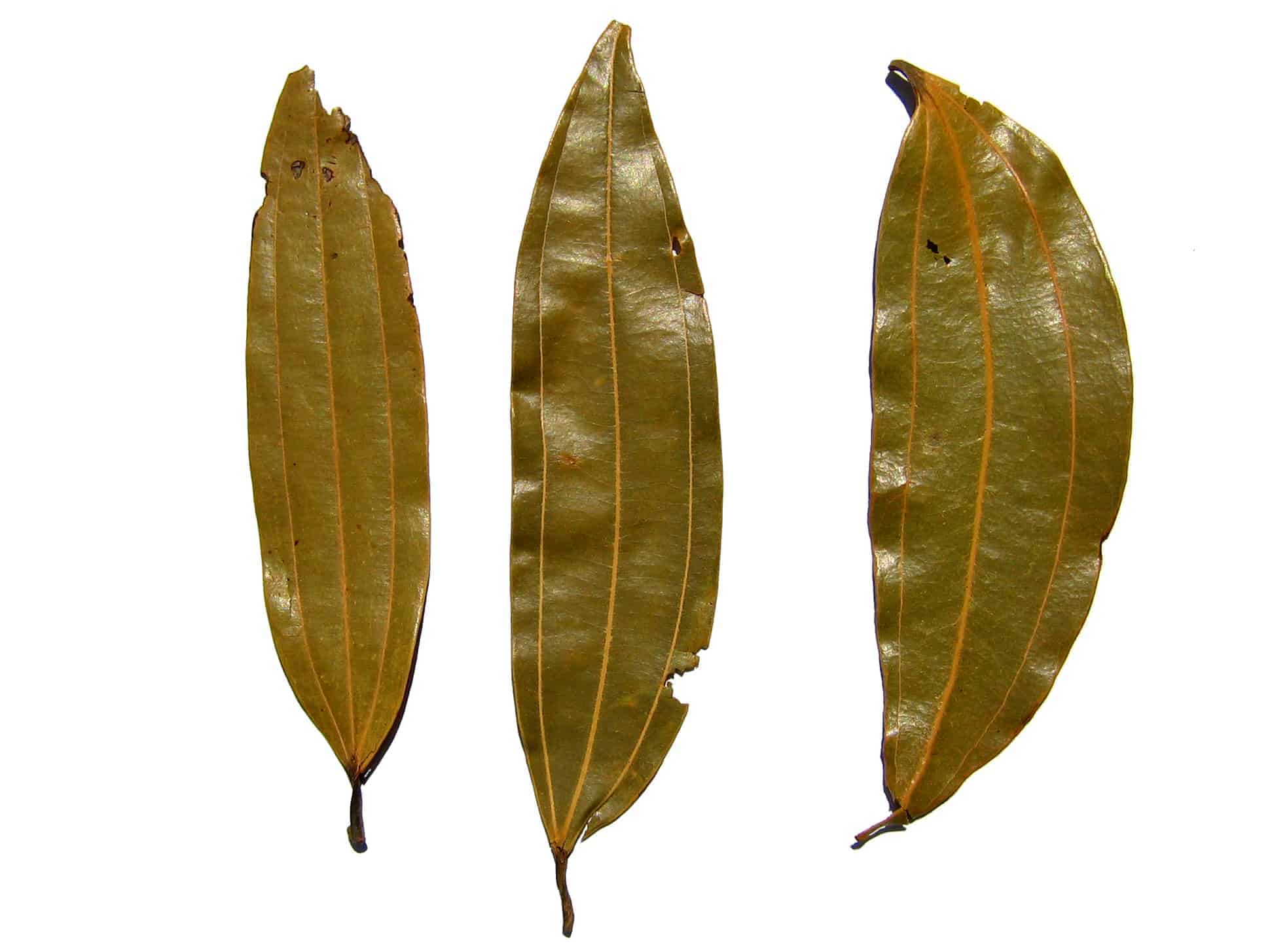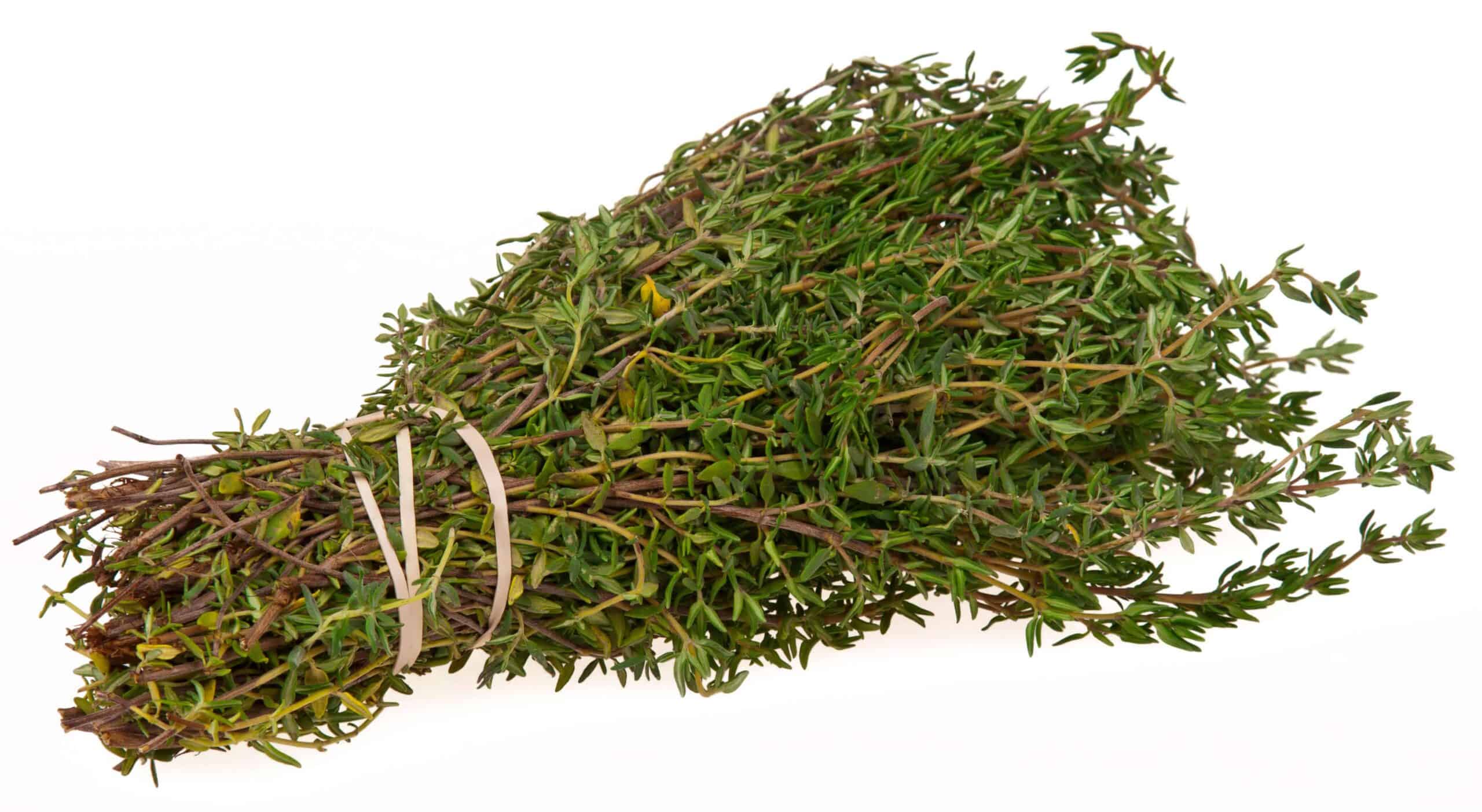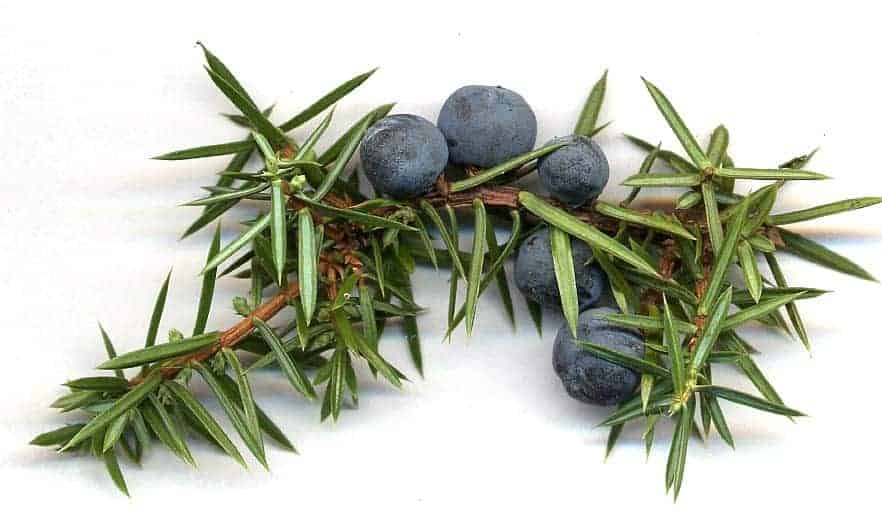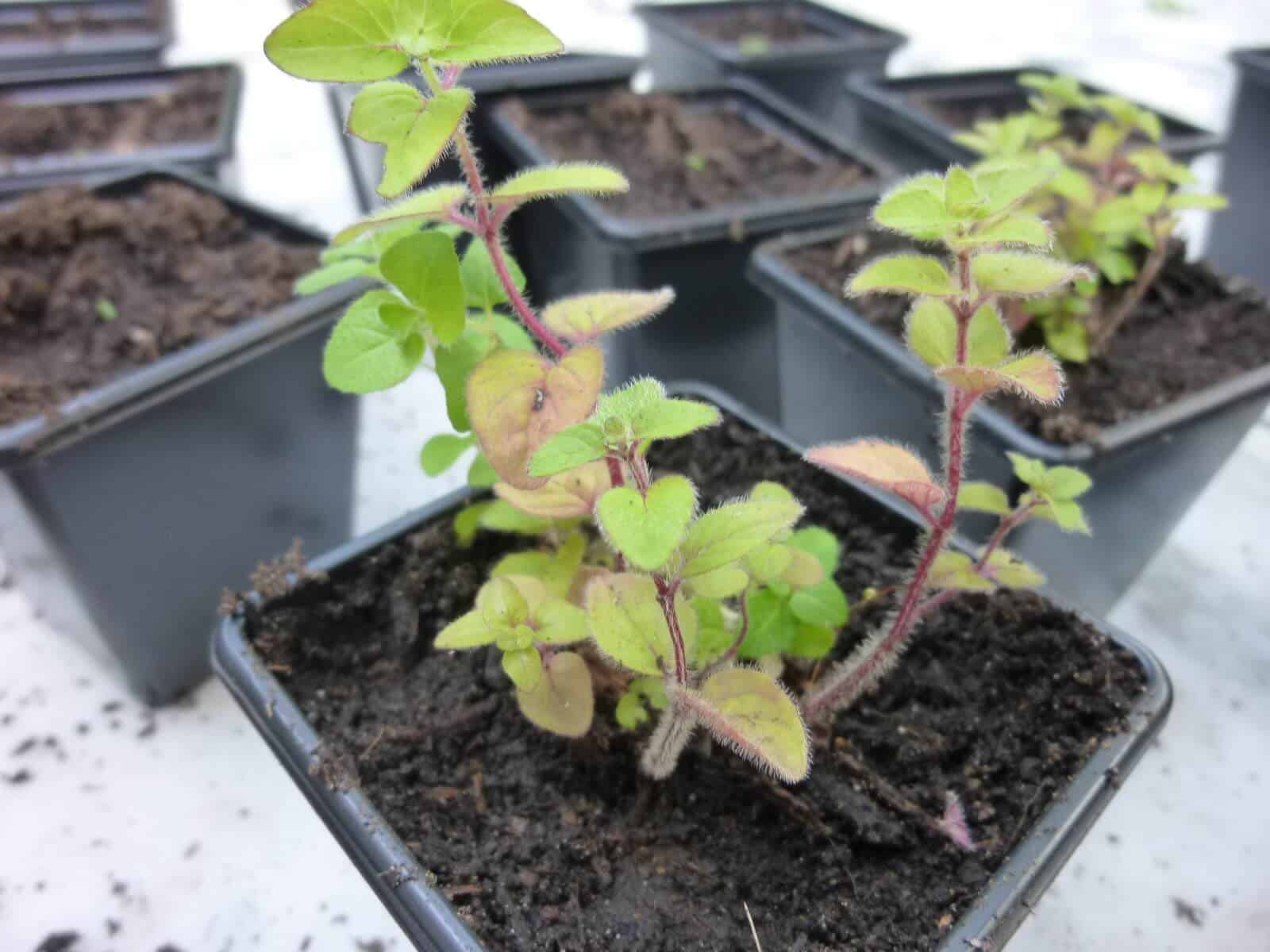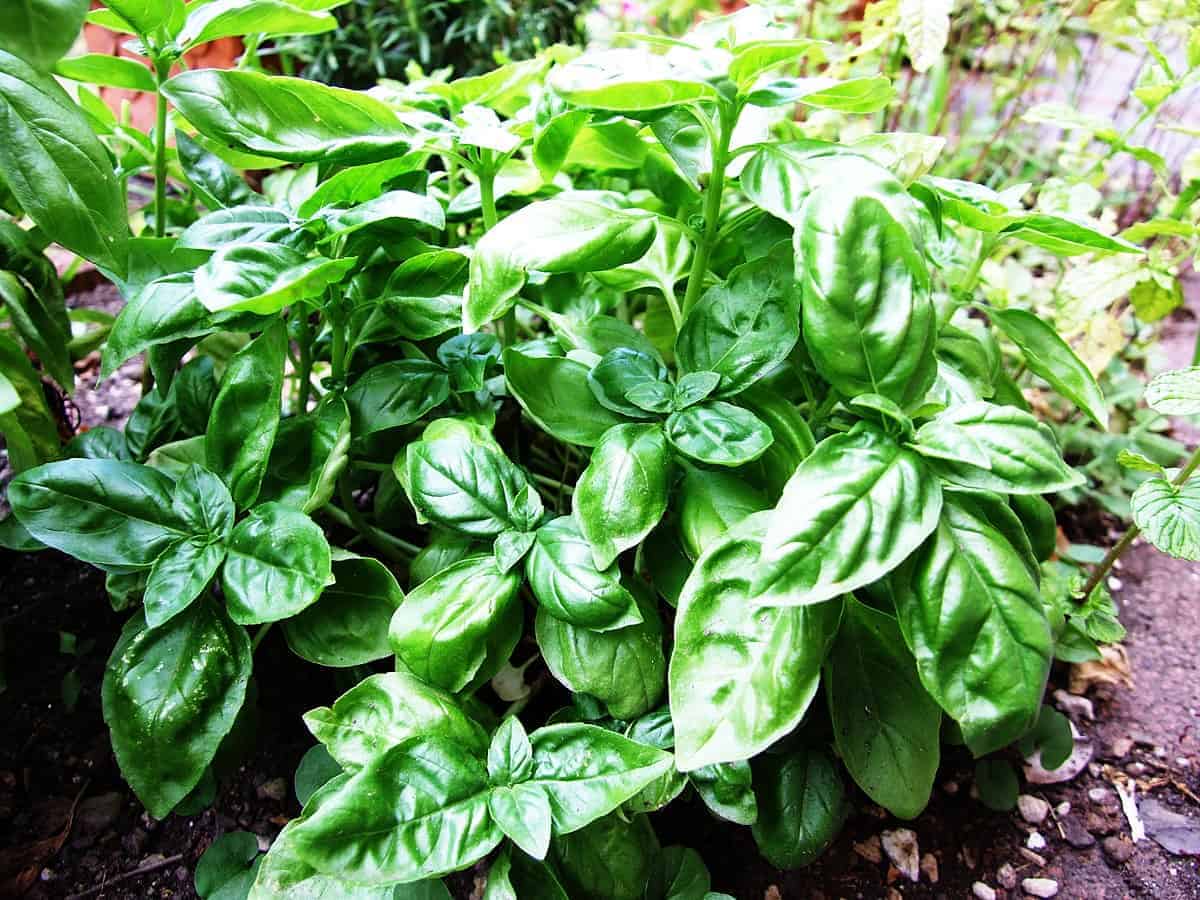Bay leaf is famous for its unique fragrance and pungent taste. Yet, when you are out of stock or can not get your hands on these leaves, you can use some substitutes of bay leaf and make your dish a flavor bomb.
The leaves are used in ground or dried form to add a sweet herbal flavor to the bland dish. Commonly, the leaves are used extensively in Indian cuisine, especially in soups, broths, meat, and stew dishes. Typically, the bay leaves are added while cooking and removed from the dish before serving it.
Let see what would be substitutes of bay leaf...
Substitutes of Bay Leaves
Bay leaves tend to be the oldest spice ever, and their distinctive flavor and taste are pretty hard to replace with any other substitute. However, a few options are worth trying once you are looking for a little less empowering ingredient for your recipe.
Check out all the bay leaves substitutes in detail below:
Let's learn about each of them individually...
- Thyme
It tops the list of substitutes of bay leaves due to its same Mediterranean background. You may be hesitant to use thyme as it looks different; however, both thyme and bay leaf imparts a minty flavor when they are dried.
Thus, thyme can replace bay leaves easily without any compromise on taste and flavor. Therefore, you can use it in marination instead of bay leaves without any hassle!
This dried herb has antibacterial, anti-fungal as well as insecticidal properties that prevent you from many diseases. Further, it can be extensively used as a dried herb and even in essential oils.
Substitution Ratio
One bay leaf = One basil leaf ¼ tsp bay leaf (grounded) = ¼ tsp basil (dried)
- Juniper berries
This solid aromatic herb is also a classic replacement for bay leaves. Its unique pepper and pine noes make it quite enjoyable.
However, mind you! They should also be used in a sparing quantity owing to their strong overwhelming flavor. They are pretty safe to eat; still, you can opt for using them entirely or discard them before you serve.
You may also use them in ground form to help reduce their flavor a bit.
It bestows the best antiseptic, antibacterial, diuretic, and antifungal attributes that have helped it become a preference for many people. Also, it is used in the ground, dried, and fermented form by many people.
Substitution Ratio
One bay leaf = 2-3 juniper berries (whole or grounded)
- Boldo leaves
Super rich and bitter, boldo leaves are explicitly found in Chilean cuisine. When they are used in the right proportions, they can impart a fantastic savory flavor.
However, if used in excess, their taste can overpower the entire dish, quite lousy taste-wise. Being of the Monimiaceae family, these leaves are pretty similar to the bay leaves.
Boldo leaves have a fair amount of antibacterial attributes that make them perfect for use in different Mediterranean cuisines.
Substitution Ratio
One bay leaf = Half boldo leaf ½ tsp bay leaf (grounded)= ¼ tsp boldo leaf (grounded)
- Oregano
A famous Italian herb, oregano proffers complexity in terms of flavor that is both sweet and sharp. While oregano itself varies from place to place, Mexican oregano will have a more assertive flavor than the regular oregano.
Its intense aroma helps you in marinating lamb, beef, or chicken recipes.
It is rich in antioxidants and has high anti-inflammatory and antibacterial properties that make it best-suited for different recipes. Not just Italian, it is a part of many Mediterranean recipes as well.
Substitution Ratio
One bay leaf = ¼ tsp oregano (dried) ¼ tsp bay leaf (grounded) = ¼ tsp oregano (dried)
- Basil
Even though it is not popularly used as a bay leaf substitute, dried basil has low anise notes and a sweet herbal aroma. Its peppery and bitter flavor is unique, and this flavorful and aromatic herb is often found as a part of curries and other tomato-rich foods.
Dried basil comprises a more concentrated flavor enriched with anti-inflammatory, antioxidant, and other health attributes. Primarily Italian and Asian cuisines have witnessed its prime use to flavor different pasta sauces and stews.
Substitution Ratio
One bay leaf = One basil leaf ¼ tsp bay leaf (grounded) = ¼ tsp basil (dried)
With these bay leaf substitutes, you can cover the absence of the leaves and add unique flavors to the dish. While using the fresh, dried, and ground version of the herb also needs correct measurements.
What are fresh, dried, ground bay leaves?
When used in their fresh leaf form, Bay leaves are used in very few numbers, usually one. You may get surprised to know that one bay leaf has enough flavor to change the taste of an entire dish.
However, even if you slow cook them, you discard them after your food is ready. Also, note that you shouldn’t chew them directly as they may cause damage to your digestion.
Switching to dried bay leaves will add a more rich flavor to your whole dish, leaving your dish tasting quite minty at the end. Also, if you use ground bay leaves instead of a leaf, you would require a pinch of it only.
Types of Bay Leaf
Typically, two major types of leaves are used globally. Let us discuss them in detail.
- The Mediterranean Bay Leaf or Turkish leaves are used to add delicate flavor to the dish. The leaves are short and fat in size.
- The California variant is thin and long in size and adds a sharp minty flavor to the dish.
While cooking, the Turkish variant is preferred over the California one as the latter overpowers all the other flavors of the dish.
As fresh, dried, and ground bay leaves have a great varying potency when it comes to matching their taste in the dish, it is essential to know the exact quantity after replacement.
Check out the given quantities to know the right proportion of replacement once the bay leaves form is changed among fresh, dry, and ground:
- 1 bay leaf (fresh) = 2 bay leaves (dried)
- 1 bay leaf (dried) = ¼ tsp bay leaves (ground)
- 1 bay leaf (fresh) = ½ tsp bay leaves (ground)
After getting the correct measurements of all the forms, let us see what nutritional value hides in the herb and how it aids the human body.
Health benefits and nutritional facts
There are several health benefits of bay leaves. Let us have a quick look into them.
- The leaves contain several active compounds like a-pinene, eugenol, geranyl acetate, linalool, methyl chavicol, neral, limonene, a-terpineol, ß-pinene, chavicol, and myrcene. These all compounds have digestive, antiseptic, antibacterial properties.
- They are a good source of Vitamin A. They contain 6185 IU, which is 123% of the daily value per hundred grams. Being a natural antioxidant, Vitamin A is necessary for good eyesight. It also presents oral and lung cancers.
- The leaves contain 46.5mg of Vitamin C, a potent antioxidant that removes free radicals from the human body. It boosts the immunity of the body and promotes wound healing.
- You will get several Vitamin B groups in the spice. It includes pyridoxine, niacin, pantothenic acid, and riboflavin, promoting enzyme synthesis and regulating body metabolism.
- The herb is a rich source of magnesium, calcium, potassium, zinc, manganese, iron, selenium, and copper. Potassium regulates the heart rate and blood pressure. Iron is necessary for RBC(Red Blood Cells) production and co-factor for cytochrome oxidase enzymes.
- The fresh leaves contain about 180 mg of folic acid per hundred grams. Folates are crucial in DNA synthesis. Moreover, they prevent neural tube defects if they are consumed during the peri-conception period.
These were the nutritional facts of the bay leaf. Let us see the possible side effects of the herb...
Side Effects
The spice is generally safe and does not possess any harmful side effects. However, if you are allergic, you should avoid using the herb in your dishes.
Make sure to remove the leaves before consuming the dish as the human body cannot digest it. So, it can damage the throat and stomach lining, which can further cause injuries.
Diabetic patients should always use the herb as medicine with caution to alter blood sugar levels. Other than that, if you have to undergo any surgery, then stop the use of spice at least two weeks before the actual date.
Taste of bay leaf
When eaten raw, the taste is quite pungent and bitter. However, the herb is not consumed raw and is mainly used as a flavoring agent in the dishes.
As a flavoring agent, the leaves add a herbal and floral fragrance that enhances a bland dish’s overall flavor.
The shelf life of bay leaves
When storing the fresh leaves, you can use a zip lock bag and keep the leaves in the refrigerator for one to two weeks. The pack will maintain the freshness, but with time it will lose its fresh aroma.
If you use dried leaves, you can store them in an air-tight container in the pantry for one to two years. To retain the leaves’ fragrance, you can keep the dried leaves in a sealed container and put them in the freezer.
In case you want an unlimited supply of the leaves, you can grow your plant.
How to grow a bay tree
Bay trees grow in a good amount of soil and compost. Are you planning to grow it at home? Remember three things:
- The best time to sow the seeds of the bay tree is during the early spring season and the best time to cut is during the late summers but try harvesting when completely mature. (It is known to have perfect flavor!)
- The best propagation of bay trees is via cutting and air layering.
- They don’t require much water/feeding and only proper management.
You can use the branch of an existing plant to plant it in a pot. You can easily grow it in a container too. However, you need to take care of soil level as it should be similar to its growth in a nursery pot, and you should keep the temperature between 7-17 C.
Due to its weak wood, you must keep an eye on it during heavy winds as it tends to get damaged easily during winds.
Final Lines on Substitutes of Bay Leaf
Flavoring several bland dishes, bay leaves are an essential part of Indian cuisine. Other than that, the spice is used in different pasta sauces.
The whole leaf possesses a strong aroma than the dried and ground variant. With a single whole leaf, you can add flavor to your entire dish.
So, when using the powdered version, alter the quality correctly. Otherwise, the herb will overpower all the flavors of your dish.
Having a distinct flavor, finding a substitute is difficult. However, in any case, you are out of bay leaves, you can use thyme or other options stated in the article mentioned above.
There will be a slight difference in the aroma, but with some experiments, you will be able to deliver a fantastic dish.
More posts for you:

